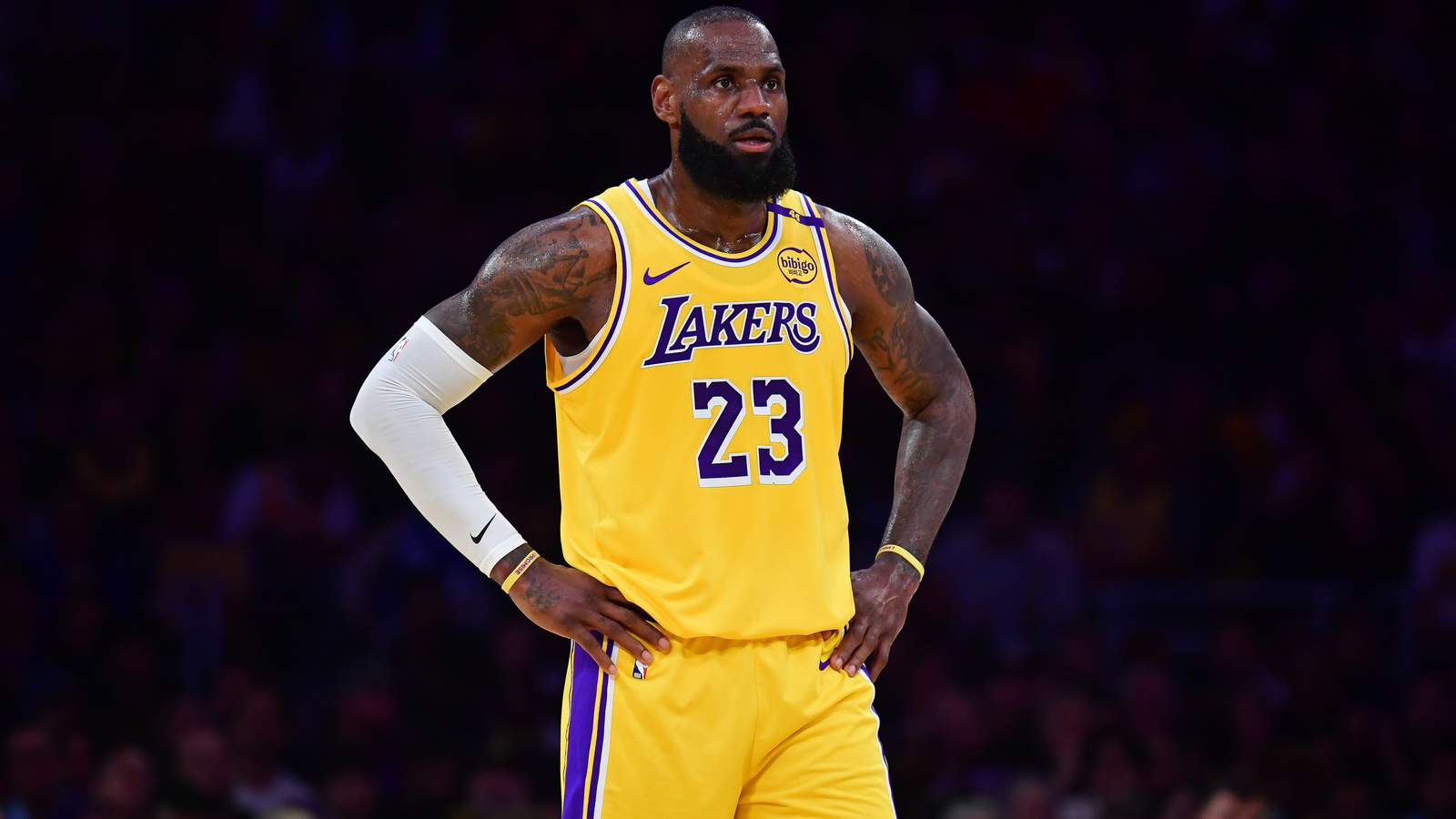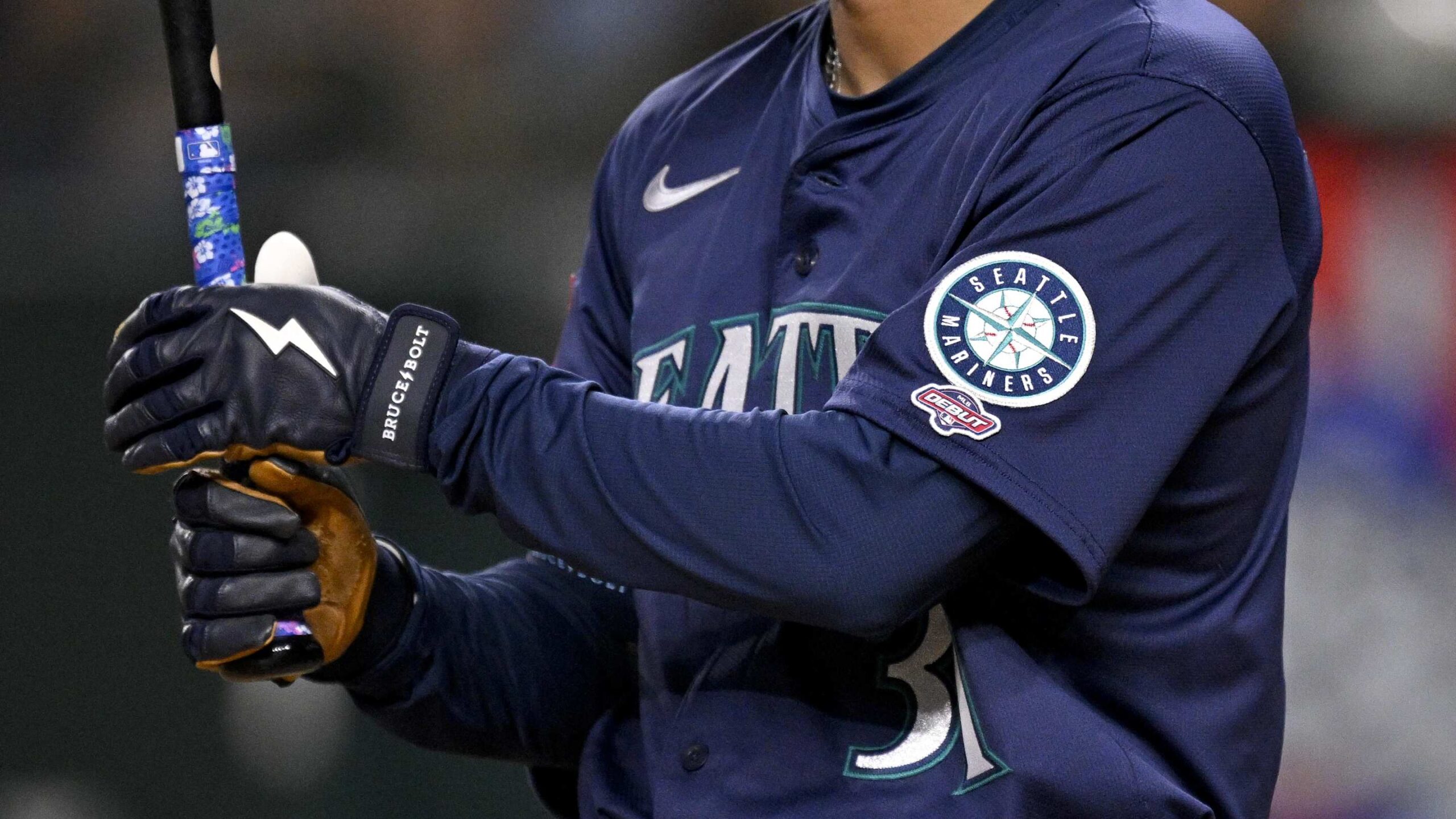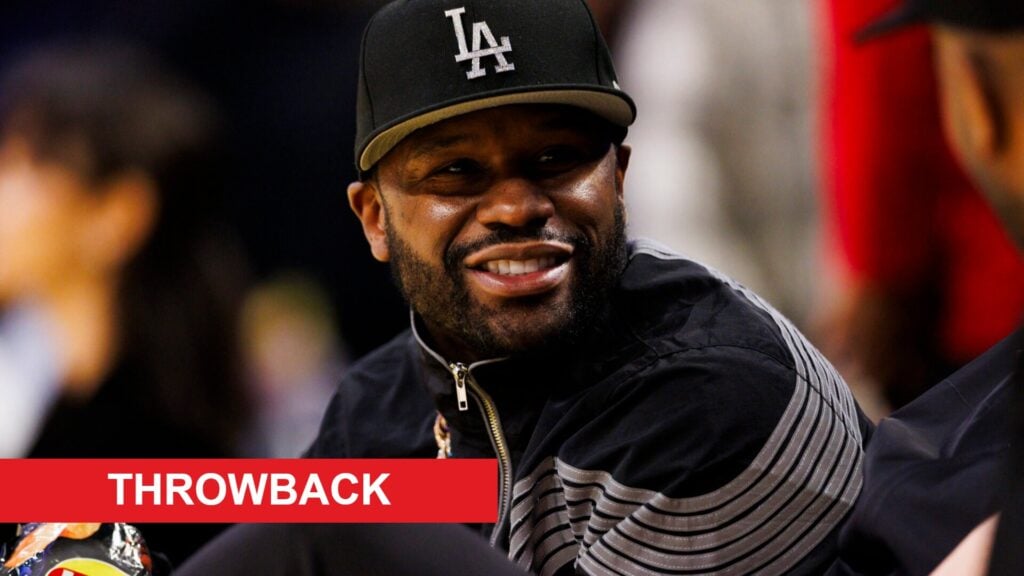LeBron James has remained a commanding figure no matter where or when he steps on the court. Yet, according to Paul Pierce, his size alone would have kept him from being a guard had he emerged in the NBA’s 1990s era.
‘Same Size as Ben Wallace’: Paul Pierce Explains Why LeBron James Wouldn’t Have Been a Guard in the 1990s

Key Takeaways:
- Paul Pierce suggests LeBron James wouldn’t have played guard in the 1990s
- LeBron’s dominance continues at age 40
- James’s physical stature likened to former NBA defensive standout Ben Wallace
- No matter the era or location, LeBron remains a top-ranked competitor
Introduction
LeBron James has been a force throughout his entire career, stunning fans and analysts alike with his sustained dominance. Now 40 years old and still imposing his will on the sport, James has proven that age is just a number in the NBA. Yet Paul Pierce, a fellow NBA legend, has raised an intriguing point: If LeBron had played back in the 1990s, his role might have looked very different.
Paul Pierce’s Perspective
Paul Pierce’s commentary centers on LeBron’s size. While James revolutionized the modern game by combining guard-like skills with unparalleled athleticism and a power-forward’s body, Pierce believes that, in the tougher, more physical climate of the 1990s, LeBron’s bulk would have prevented him from playing the guard position. “He’s the same size as Ben Wallace,” Pierce noted, alluding to Wallace’s reputation as a formidable defensive big man rather than a ball-handling wing.
The Size Factor
In today’s NBA, LeBron effortlessly transitions between forward and guard roles when needed. During the ’90s, player roles tended to be more rigidly defined. Quite simply, teams expected bigger players to play closer to the rim. Pierce’s comparison of James to Wallace shines a light on that difference: a 6’9″ forward with a strong build typically stayed in the frontcourt then, rather than handling the ball from the backcourt.
LeBron’s Impact Over Time
Despite the debate surrounding James’s hypothetical 1990s position, his impact in any era remains undeniable. Across multiple franchises, he consistently sets the standard for individual brilliance and team leadership. Whether playing in Cleveland, Miami, or Los Angeles, James’s presence elevates his squad’s performance, underscoring why many view him as one of basketball’s all-time greats.
Conclusion
Paul Pierce’s remarks offer a window into how the NBA’s style and expectations have evolved over the years. They also raise a fascinating scenario: in a different era, perhaps the league would have seen LeBron James in a more traditional frontcourt role. Regardless of the hypothetical, however, LeBron’s career stands as proof that extraordinary talent—and a powerful frame—can thrive in any decade.











